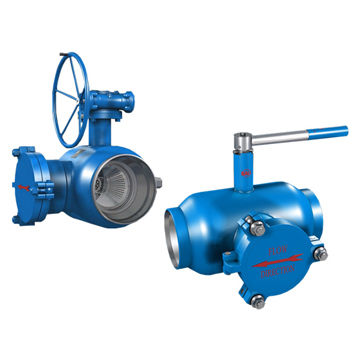In general, valves control the flow through pipes and other passageways by it’s opening and closing obstructing the passageway or pipelines.
Valves are easily available in the market and comes in wide variety of shapes, diameter and for specific applications. However, Ball valves and butterfly valve are more in demand today. They are very commonly used in various mechanical industries like oil industry, gas industry and many others.
They both have their own specification, use and different properties. In addition, ball valves and butterfly valves ( Which is also known as “บอลวาล์วและวาล์วผีเสื้อ“ in the Thai langauge) accomplish similar tasks but their similarities are limited.

Image Source: Google
Like, primary difference between the valves lies in their effect on flow. In butterfly valves, part of the disk interferes with the flow, creating a drop in pressure. For applications where consistent or high pressure is needed, it’s also a disadvantage.
The pressure change can also make the valve difficult to operate due to the incoming pressure from the supply side. A bypass valve could be needed to balance out the pressure before a butterfly valve can work appropriately.
While other, ball Valve due to their design, ball valves typically become less cost-effective at around 6 inches in diameter. At that point, butterfly valves generally are the more economical choice. They are lighter and tend to be more affordable.
Plus, butterfly valves don’t trap fluids like a ball valve can, so a butterfly valve may be better for applications in food production, where residues can create health hazards.
The uses for both ball and butterfly valves are extensive, and they are each widely used across industries. They are simple to install and typically made of durable materials. Both ball and butterfly valves are available at low costs.
